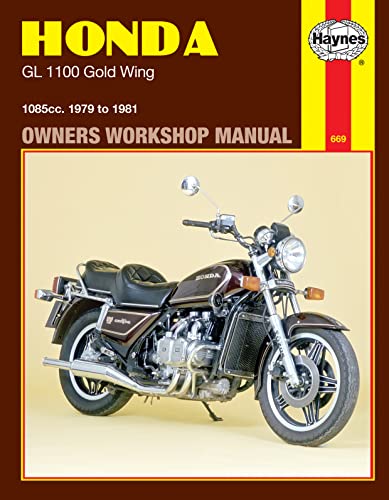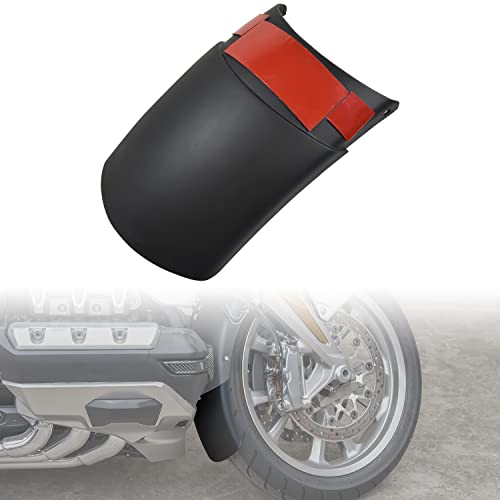Second road trial letting the tuning software, Tuner Studio adjust/calibrate the VE (fuel) table using Tune Analyze Live. I have mentioned that the GW engine(s) have a very small MAP operating window, approximately between 55 and 85 kPa. Riding and trying to see what is happening, then stopping to adjust the VE cell values is difficult, hence the change in tuning strategy to using the Tune Analyze Live, review the catalogs and make additional adjustments based on the VE, ignition timing and AFR tables. Dyed in the wool tuners may not appreciate this as tuning, but I have read many a forum thread where this is being done - especially with motorcycles. More on this as I progress.
Onto ignition timing, quite complex and lots of information to digest. Found 0n-line articles that discuss engine timing and how it developed and has been rolled into the EFI world.
Back in the day, mechanical engine timing had three components; locked timing, mechanical advance and vacuum advance. OEMs did a decent job of meeting the emission standards the day with these distributor ignition system(s), but it was a best guess. Transition this to the modern day EFI systems and a timing curve can be done nicely.
Regardless of the ignition system, the engines of today react exactly the same to ignition timing as engines of yesteryear. Engine knock, coolant temperature, fouled spark plugs and so on are all the same.
Too much fuel, not enough burn time and fouled plugs, poor fuel economy, and poor engine performance. Too little fuel, too much timing advance, maybe better fuel economy, engine knock.
Too many scenarios to think about.
My latest learning session is quite interesting. Fuel burn time, ignition timing. The OEM and we neophytes in the aftermarket EFI world should strive to have an air-fuel ratio (AFR) of 14.7:1 (14.7 parts air to one part fuel). After this, it is tuning to get the best fuel economy, performance from the engine as possible, adjusting the VE table to suit the various RPM/engine load combinations.
How does timing affect this? At idle and with a lean air-fuel mixture, you need to have ignition timing that allows the air-fuel mixture to completely burn by the time the piston passes the 10 to 15 degrees ATDC. Too soon before this, engine knock could happen, going past this point and fuel continues to burn, using the engine as a heat sink and the engine operating temperature starts to climb to where you do not want it to go. This scenario plays out the same when you are riding on the road.
I would like to have the same setup as a car, you can have someone with you who understands what has to be done, but not going to happen. Maybe need a side car

!
Best fuel economy is when you have the VE and ignition timing tables calibrated so that the engine is operating just below the "knock" threshold for a specific engine RPM and load. AFR should be trending towards a lean fuel condition, the fuel burn is complete before the magic 10 to 15 degrees ATDC, and engine coolant temperature is within the normal operating range.
I do engine data logging as well. The engine data is collected by Tuner Studio (TS) and used in MegaLogViewer (MLV) to provide you with information that can be used to adjust the engine tune. I will be using MLV to provide me with 3 matrices: RPM vs MAP vs VE, RPM vs MAP vs spark, and RPM vs MAP vs AFR.
I am looking for AFR readings in the 13.0 to 15.0 AFR range for now calibrating the VE table first, then ignition timing, then AFR. The AFR table is an AFR target table that is used when O2 corrections are enabled. When cruising, engine under light load, you can lean out the fuel mixture for better fuel economy.
The spark (ignition timing) table will be adjusted in small increments of 0.5 to 1.0.
I have to "rebin" the three tables. This is where you adjust the "X"/"Y" table axis and have the software interpolate the cell values. I think this is necessary because of the narrow MAP window the engine operates in, provides better resolution for engine tuning.
I have expanded the MAP region between 60 and 90 kPa. As I have mentioned there is very little information regarding how to set up the "X"/"Y" axis on the three tables for motorcycles, lots for cars/trucks.
One last issue. Ignition timing setup. You do an initial trigger angle calculation determine where #1 TDC IS. You then do an engine timing to get the exact trigger angle. From here, you check the engine timing at idle ensure the engine timing and engine tune timing is the same.
Honda indicates that the 1200 engine idle timing is 10 degrees BTDC. This may be achievable with good results by Honda; however, Honda did some weird and wonderful engine tuning with the CFI system. Take away here is to throw the Honda engine timing out the window and start afresh.
I have mentioned that I was informed that when doing initial idle timing, give the engine what it wants, fuel and timing. This could be anywhere from 15 to 30 degrees BTDC depending on the engine in conjunction with fuelling - do not adjust the trigger angle.
The 1200 OEM ignition timing profile allows for timing from 10 to 45 degrees BTDC depending on the engine RPM and load. Lots of wiggle room.
I'm presently using an idle ignition timing value of 18 degrees BTDC along with the corresponding VE cell value (give the engine what it wants. This timing setting provides an AFR reading of approximately 14.0 at an idle of approximately 1000 RPM, good for now - will probably change as the tune progresses. This indicates to me that all other ignition timing settings need to start at 18 degrees BTDC, but should not be less (TBD).
Short update. More to follow as the project progresses.
Cheers

























































